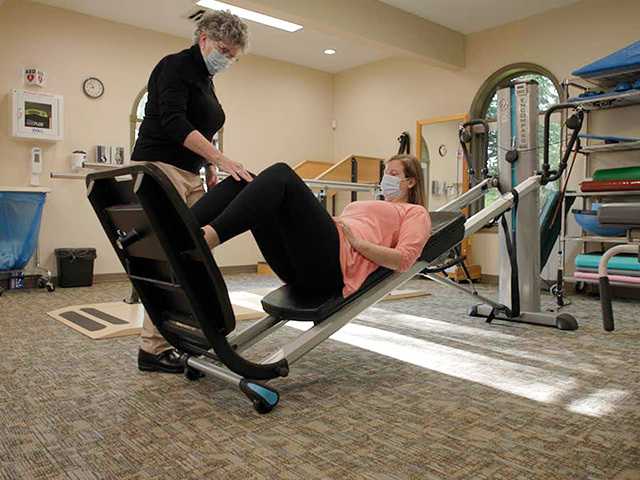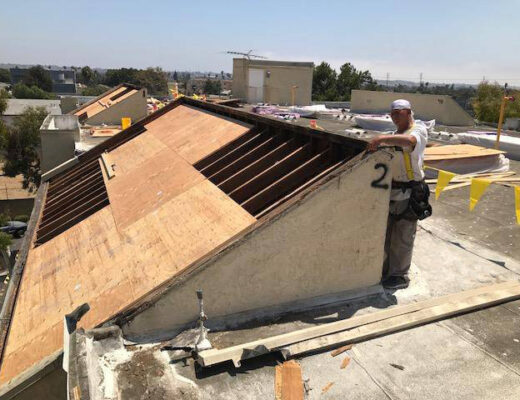In the realm of best physical therapy, a paradigm shift has occurred with the advent of adaptive physical therapy. Traditional approaches, while effective for many, often fail to address the unique needs of special populations. This article delves into the nuances of adaptive physical therapy, exploring how tailored treatments are transforming the landscape of rehabilitation for individuals facing distinct challenges.
Understanding Adaptive Physical Therapy
Adaptive physical therapy goes beyond the one-size-fits-all model, recognizing that each patient is unique. Special populations, including those with disabilities, chronic conditions, or advanced age, require customized interventions to optimize their rehabilitation journey. This approach aims to enhance mobility, functionality, and overall quality of life for individuals who may not benefit fully from conventional methods.
Tailoring Treatment Plans
1. Comprehensive Assessment
The foundation of adaptive physical therapy lies in a thorough assessment of the patient’s condition. This includes understanding the specific challenges they face, their medical history, and any limitations that may impact their treatment. By gathering this detailed information, therapists can tailor interventions to address the individual’s unique needs.
2. Personalized Exercise Regimens
Adaptive physical therapy emphasizes the creation of personalized exercise regimens that cater to the capabilities and limitations of special populations. This may involve modified exercises, alternative techniques, or the use of assistive devices to facilitate movement and strength-building. The goal is to provide a safe and effective workout tailored to the individual’s abilities.
3. Technological Integration
In the era of rapid technological advancements, adaptive physical therapy leverages innovative tools and devices. Virtual reality, motion-sensing technology, and biofeedback systems are integrated into treatment plans to enhance engagement and outcomes. These technologies not only make therapy sessions more enjoyable but also enable precise monitoring of progress.
The Impact on Special Populations
1. Empowerment and Independence
One of the key outcomes of adaptive physical therapy is the empowerment of special populations. By tailoring treatments to individual needs, therapists empower patients to take an active role in their rehabilitation journey. This, in turn, fosters a sense of independence, boosting confidence and overall well-being.
2. Improved Quality of Life
Adaptive physical therapy aims not only to address physical limitations but also to enhance the overall quality of life for special populations. Through targeted interventions, individuals can experience improvements in mobility, pain management, and daily functioning, leading to a more fulfilling and active lifestyle.

The Future of Rehabilitation
As the field of adaptive physical therapy continues to evolve, its impact on rehabilitation practices is becoming increasingly evident. The personalized nature of this approach aligns with the broader trend in healthcare towards precision medicine. This shift signifies a departure from generic treatments to highly individualized care, ensuring that every patient receives the most effective and efficient interventions.
Conclusion
Adaptive physical therapy represents a crucial advancement in the field of rehabilitation, particularly for special populations facing diverse challenges. By tailoring treatment plans to individual needs, this approach is revolutionizing the way therapists address the unique requirements of each patient. As we look to the future, the integration of adaptive physical therapy into mainstream healthcare practices holds the promise of a more inclusive and effective approach to rehabilitation.




